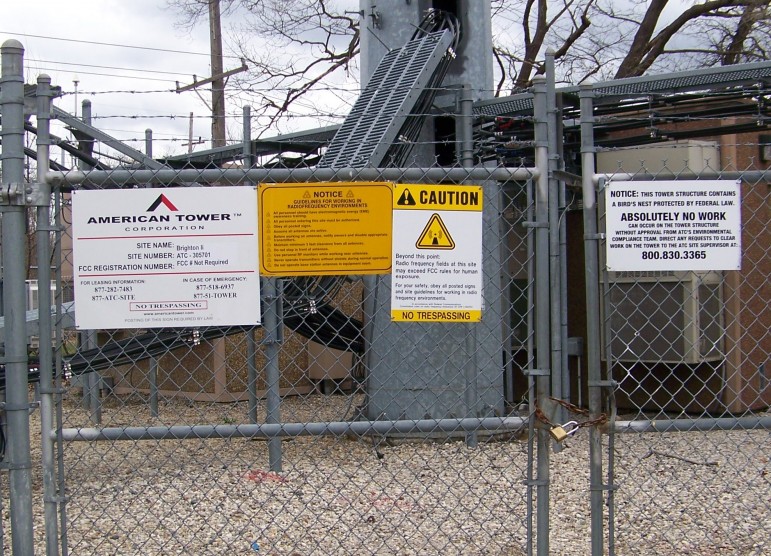
The osprey, a species of special concern that has rebounded in the Great Lakes area over the past half-century, now faces a new threat.
With the demand for easy communication and power distribution comes an increasing need for cellular and utility towers. Ospreys nest on tall objects and will nest in these towers anytime they can, said Sergej Postupalsky, an ornithologist who has specialized in osprey research for 50 years.
But the nests obstruct access to towers and lines. And utility workers often move them so that they can work. The nests also weigh down towers and lines, and in some instances even cause fires.
“Some of these birds have been using the same nests for up to 10 years,” said Postupalsky, who works as a raptor specialist through grants.

“The meat of the matter is simple: because the utilities are allowed to remove the nests, sometimes they do,” said Jim Kaiser, founder of Osprey Solutions, a raptor research and management company based in Seattle.
Ospreys were once hunted, persecuted and driven away. They were looked at as vermin.
No one has pinpointed why osprey numbers were so low for so long, but there is no shortage of ideas — everything from large-scale use of pesticides to increased habitat destruction. But they are coming back.
In the southern half of Michigan’s Lower Peninsula, where reintroduction has been particularly difficult, a goal was set around the year 2000 to have at least 30 breeding pairs by 2020. It was surpassed nearly a decade earlier than expected, said Barb Jensen, a founding member of the Osprey Watch of Southeast Michigan. There are approximately 38 pairs in the area now.
Ospreys nest on every continent except Antarctica, Kaiser said. Conflicts with nests on towers are likely to rise.
The Osprey Watch of Southeast Michigan, a group of volunteers involved in the reintroduction of the bird to the area, along with Postupalsky, are working with tower companies to educate workers on the subject.
They explain how to check a nest without disrupting it, how to move and replace a nest, and that just because the nest isn’t occupied does not mean that it’s done being used.
There is a lot of cooperation, but also miscommunication, Jensen said. “We’re just trying to get everybody on the same page.”
“This is what we’re trying to figure out,” she said, “how best we can work with these companies. The power companies have done a lot to try to accommodate these birds as best as they can.”
While the tower companies are generally cooperative and protective, it is often the contractors and subcontractors that tamper with the nests, according to Postupalsky.
DTE Energy, a Detroit-based utility, has its own wildlife coordinator. Consumers Energy has a similar focus on environmental stewardship and wildlife management.
“We do a lot internally to educate our employees [about proper handling],” said Jason Cousino, millwright and field safety specialist for DTE’s River Rouge power plant. “Communication went out to our employees specifically because of this.”

Many towers have signs warning of nests that are protected by federal law. (Image: Osprey Watch of Southeast Michigan)
The company has donated utility poles for nest platforms and worked with local eagle scouts to build nests. They have also donated a transmitter to track Osprey migration routes, working directly with the Osprey Watch of Southeast Michigan.
Jim Kaiser would like to see a workshop convened in the near future to help identify problems with managing these birds on cell towers.
“That’s what this osprey group is trying to do,” Cousino said, “educate people.”
Editor’s note: This story has been edited to clarify that the osprey is a species of special concern as opposed to an endangered species.
Osprey are not endangered nor threatened in Michigan. They are still protected by the federal Migratory Bird Treaty Act, however.
The tower companies have all the construction resources needed to add a supported arm platform to any tower the osprey choose to nest in. They can then move the nest a few feet including the small birds and instruct the subcontractors to leave the osprey alone.